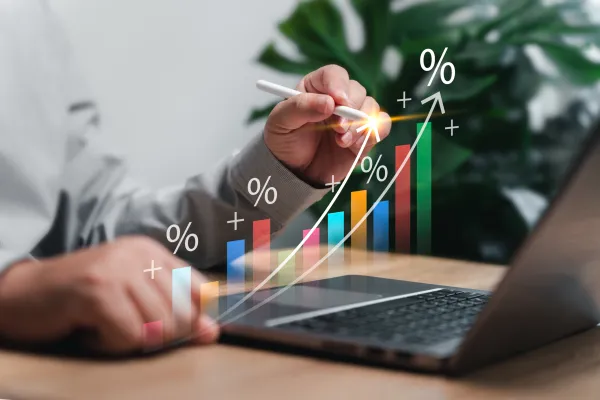Nate Koppikar, the portfolio manager and cofounder of Orso Partners, had a novel idea. Private equity is in love with AI, investing more than $200 billion in the lofty tech sector since 2020, he surmised. Why not ask AI what it thinks of private equity?
Not much, as it turns out.
A series of yes or no questions Koppikar posed to Gemini 2.5 Pro resulted in the following: Institutional investors are over-allocated to private equity, the returns are not improving over time, GP-stake sales are not positive for limited partners, and PE funds using continuations are hiding bad assets. GP-led secondaries, according to Gemini, are the “most LP-abusive development in the private equity/credit industry.”
Moreover, private equity is not a good investment when considering new allocations in 2025, according to Gemini. And the AI model concluded all of this at a time when private equity is eager to sign up retail investors, which Koppikar thinks is a symptom of the industry’s structural decline.
Koppikar, who runs a short-dedicated fund and is short the major private equity companies, shared his analysis, including the AI answers, at Grant’s annual fall conference late last month. Institutional Investor obtained the slides to his presentation, which was closed to the media.
The AI exercise “reveals a critical insight: an industry that spends billions whitewashing its reputation through academia and lobbying is uniquely vulnerable to a tool that simply reads everything,” Koppikar told the attendees at the conference. “That’s why these simple answers from AI are so revealing. The industry’s problems are hiding in plain sight.”
Koppikar, who worked at a major private equity firm before moving into the hedge fund world, argued that private equity firms are like oil wells that have finally run dry.
“Private equity has spent decades tapping new sources of cash. First, it was junk bonds, then pensions, then endowments, then sovereign wealth funds,” he said.
“Then they entered the era of circularity with private credit. Every move they’ve made has been to further centralize risk with existing investors, rather than syndicating risk into the system.”
After tapping “every major institution on the planet for your equity and debt needs, there’s only one well left: the retail market,” he said.
Koppikar noted that this approach is often described as “democratizing access.” But, he said, “let’s call this what it is. The institutional well has run dry and they need a new source of flows. This isn’t about democratizing returns; it’s about finding a new market for exit liquidity.”
The industry calls the new retail class the “mass affluent,” which it defines as people with as little as $100,000 in liquid assets. These investors “should probably be in low-cost index funds, not opaque, illiquid alternatives,” according to Koppikar.
Another “well-established way to sell private companies to the public” through initial public offerings is no longer available, he said. “During the 2021 bubble, PE firms brought a huge wave of companies public. The problem is the market got a good look at what they were selling, and it was one of the worst IPO classes in history. That door is now mostly shut.”
An alternative, and the most dominant exit path in recent years, is sponsor acquisition — selling the company to another private equity fund. “With the huge overlap among LPs in these funds, this is just the industry playing a giant game of pass the parcel,” he said.
“LPs are effectively on both sides of the trade, moving an asset from their right pocket to their left, while a fresh layer of fees is skimmed off the top for the equity managers,” Koppikar told the audience of hedge fund and private equity managers.
It provides “the illusion of liquidity.”
He also argued that the industry’s “dry powder” of nearly $2.6 trillion is another ominous sign.
The private equity industry argued that this money, committed by LPs but not yet tapped, is “a mountain of cash ready to scoop up bargains—a sign of strength,” according to Koppikar.
“The industry calls this ‘money on the sidelines.’ I call it a system-wide liability. One fund’s dry powder is an LP’s future liquidity drain, typically funded by selling public equities,” he said.
“This isn’t a feature of a healthy market,” said Koppikar. “It’s a giant, ticking capital call on the entire system.”







